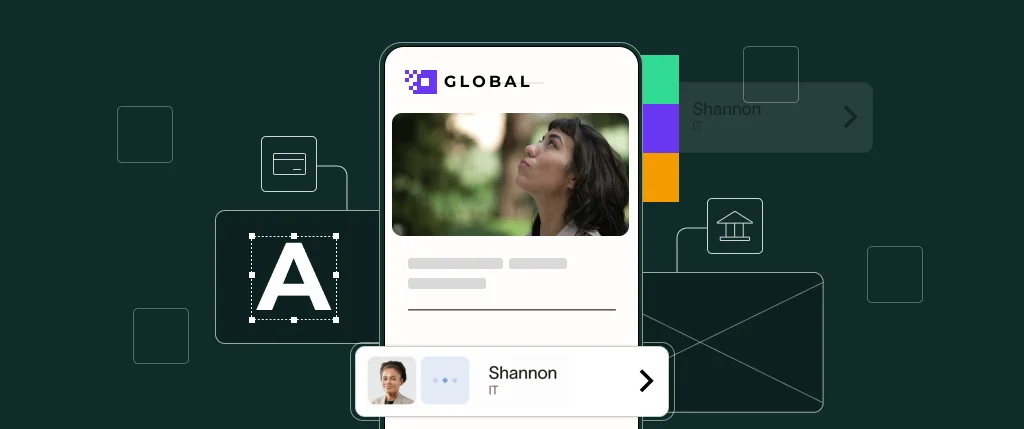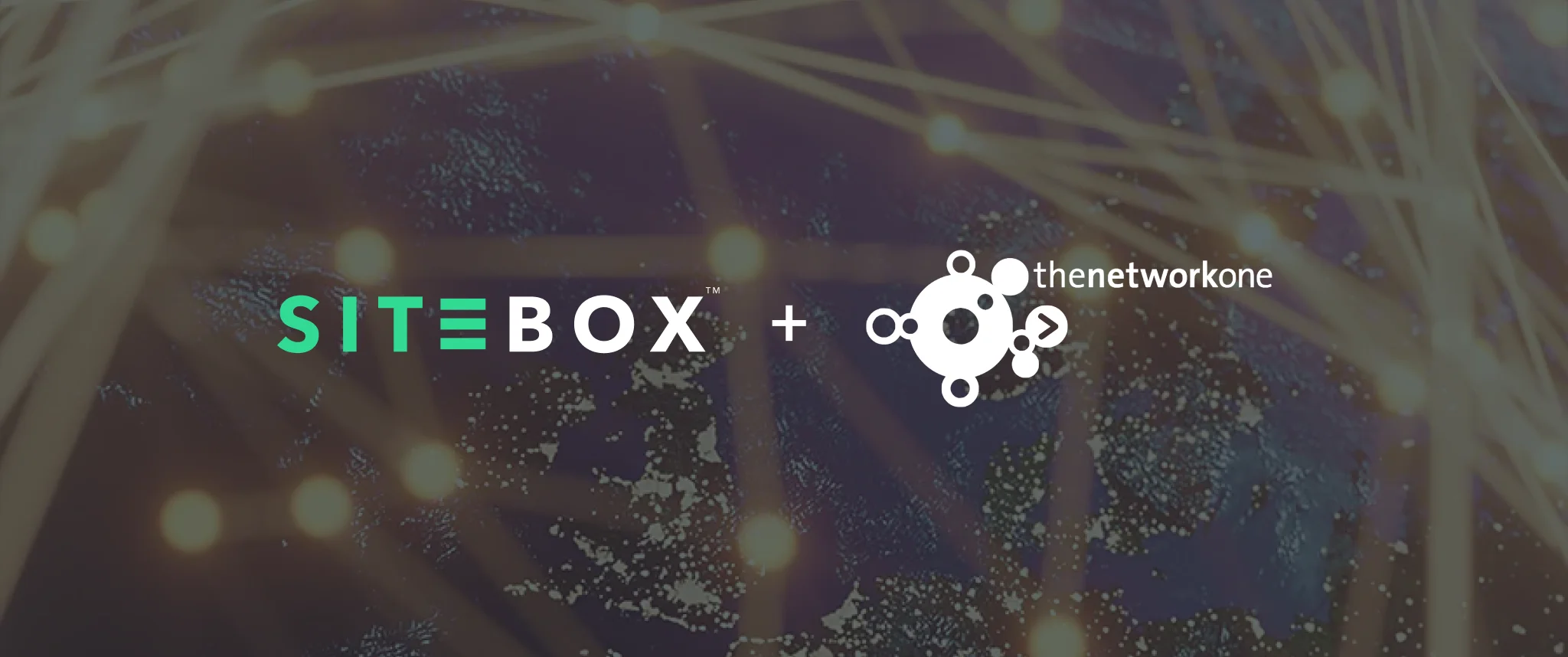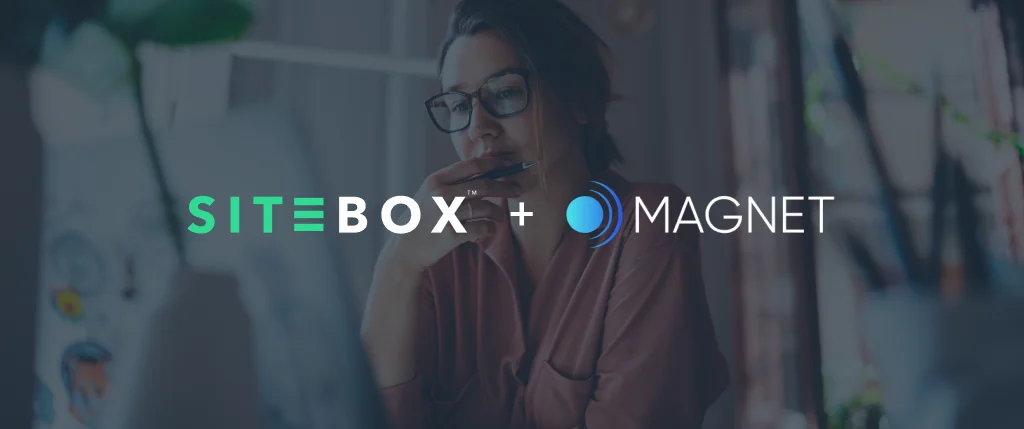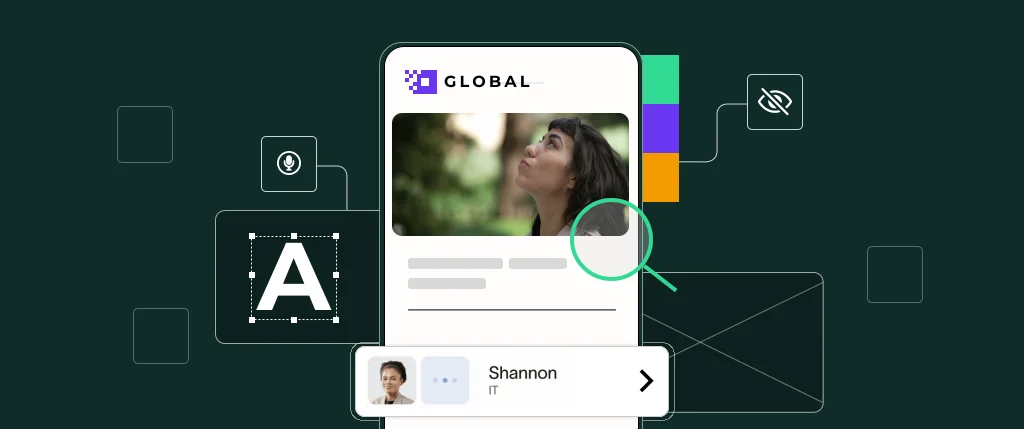Making any site stand out is tricky. But it’s also the clincher to secure new business.
Nowadays, site user expectations are higher than ever; a page load lagging for just a second too long is enough for a visitor to quit their digital journey before it’s even gotten off the ground. Considerations to heighten their experience must be a priority for any agency.
User experience (UX) fads come and go. What looks aesthetically pleasing now compared to times past is just one aspect to keep pace with. After all, speeding up websites is integral to rank more highly on search engines to be discovered more easily. Making small design tweaks to better performance is doubly advantageous, also improving features to become more intuitive for site visitors.
AI tools and sustainability awareness have grown exponentially. 2024’s UX design focus must look forward to futureproofing content systems while serving potential customers with personalised content on all the channels they surf each and every day.
Here are SiteBox’s picks for this year’s hottest UX trends to benefit agency websites of any size.
Get responsive
There’s nothing new to this recipe, but sometimes old is gold. In fact, more than ever consumers are accessing sites from mobiles, with 70% of searches on these devices leading to an action (compared to a full month on desktop). Potential buyers are all over the globe and expect the same digital experience no matter what! UX designers must ensure cross-compatibility for every webpage on mobile screens, and even tablets. Luckily, WordPress includes many plug-ins to help achieve exactly that.
Integrate micro-interactions
From a features standpoint, there’s been increasing popularity for micro-interactions: small widgets that guide a user’s journey while remaining non-intrusive to the whole experience. Think hovers, quick-start menu icons, hovers and progress toolbars. Animated components are springing up on sites everywhere – static elements have dropped by the wayside for eye-catching CTAs and navigation devices, which are not only neat but valuable in upping UX for a seamless trip across a site’s products, services and insights.
Visualise your data
Since data was considered the ‘new oil’ for marketers, it’s now applicable for website and app users too. Personal data means an awful lot to people whether they’re aware or not, and UX designers can take inspiration from Spotify Wrapped’s accumulated time spent with an artist, or personal health and activity logging apps that track progress in sports and fitness. Likewise, utilising graphs, stats and timelines (perhaps styled as 3D graphics, another growing design trend) can be a draw for a website, proving value to a product or feature and looking great in the process.
Be bold with typography
Visual aesthetics should never be forgotten. It’s a creative cog in any UX design strategy alongside more technical WebOps maintenance. A site’s typography can go out of fashion fast, but the past year has seen a return to Brutalism (the architectural style concerned with minimalism and structure), block layouts and big, bold fonts. Loads of text may be too much, but UX designer can overlay square and rectangular images with short, powerful looking copy to engage a user to click through the range of webpages. Using italics, underlines and strike-throughs also mixes it up for greater visual appeal.
Achieve sustainability
The need for environmental governance is obvious, yet many are still unaware of the detrimental effects internet usage has on the climate. Reducing the carbon emissions of a website goes beyond just using net zero hosting; UX design plays a role to optimise performance which, in turn, lowers energy consumption. Out of date code, plugins and hi-resolution graphics slow site speeds and waste valuable resources. By speeding up digital experience through intuitive buttons and trimmed-back page elements, a greener digital future is possible.
Implement ethical design
UX is all about the user. Accessibility is not a buzzword; holistic UX considerations need to be made for everyone across every part of a website. Font size, easy navigability, dark mode and language translator toggles make sure every possible user can feel at ease using a website. Beyond that, they need to feel safe. Data protection is a key thought for UX designers, making sure regulatory or privacy policies are clear to see, concise, and easy to understand. Leaving no user behind is also a boon for any agency, maximising the pool of potential clients interested in your services.
Take advantage of AI
Artificial intelligence is still a misunderstood beast. But for marketers and developers, it’s data processing powers (in the blink of an eye) are second to none to efficiently learn about a site user’s page view history, URL referrals from ads or searches engines, and patterns of behaviour. It’s integral to learn their favoured content which, using data and adaptive AI, can create a dynamic user interface with personalised recommendations that fit every user’s wants and needs. AI enhances engagementand UX designers should embrace it as an invaluable helping hand.
UX design evolves all the time, but implementing each of these small tweaks can add up to a vastly more performative, secure, speedy site that web users can scroll through seamlessly.



